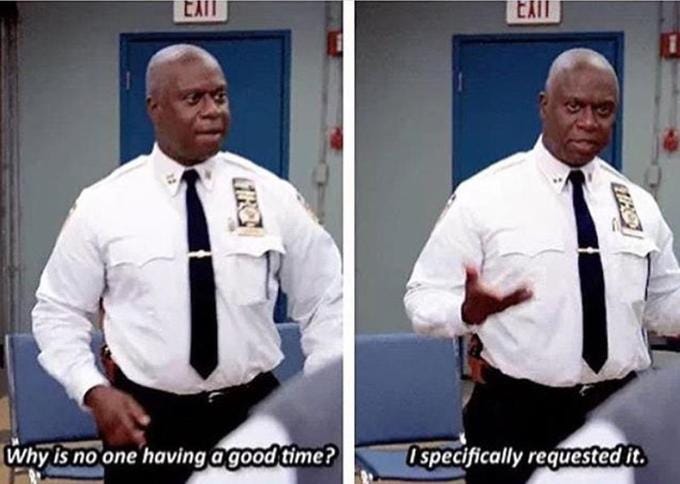The airport test
If you have ever prepared for consulting case interviews or if you have friends in consulting, you might have heard of the infamous airport test. In an interview setting, the airport test is used to find the answer to the question “Would I be okay getting stuck at an airport for 3 hours with this person?”. The idea is to help the interviewer answer for themselves if they would be okay spending time with you outside of a regular work environment. In other words, they are trying to figure out if you’re good at small talk. Wikipedia defines small talk as a ‘polite conversation about unimportant things’. While the content of such a conversation might not carry any value, small talking is an essential social skill that can reveal a lot about the culture and relationship between the ‘small talkers’. So yeah, today we are going to explore the psychology of small talk.
How’s the weather at your place?
The study of small talk dates back to a 1923 study by anthropologist Bronisław Malinowski. In an article titled ‘The problem of meaning in primitive languages’, Malinowski talks about his experience translating tribal languages to English. He argued that language operates on two levels: Informational (to coordinate, inform, express thoughts etc.) and social (defining relationships between colleagues, maintaining interpersonal distance, categorising social position etc). He coined the term ‘phatic’ communication to describe this case of language used in free, aimless social intercourse. He believed that phatic communication / small talk originated to counteract the effect of silence in a conversation by seeking a common ground with the listener and to avoid conflict. This implies that the social function of the conversation is more important than the content / topic of discussion. Small talk supports our need to feel accepted within the group and helps maintain a positive face. It is also worth noting how such a conversation is usually defined by the superior because they have the power to close the conversation and ‘get down to business’ when needed.
We live in a society
The concept of small talk can also help us understand ‘small’ events or mandated corporate fun. If you would rather have a great time solving hard problems with your colleagues than ‘chill’ with them at social events, you are not alone. Nancy’s research on the spillover between work and life helps understand this phenomenon better. She argues that people lie on a spectrum: there are integrators and there are segmentors. If you like to blend work and life, you are an integrator but if you tend to maintain clear boundaries, you are a segmentor. It is often useful to have thoughtful discussions around the right number of social events to build cohesion without overwhelming the segmentors. This is also my favourite argument against ‘work life integration’ as an upgrade to the concept of ‘work life balance’. The former aims to diffuse the apparent sense of competition between work and life. While this is an interesting idea, it does not take into account people’s natural orientation towards being an integrator or a segmentor.
Does that mean all these corporate events are of no value? Well, not exactly. The effectiveness of such events lies in being able to build trust. NASA has a neat approach to build trust within their mission crews. They send them into the wilderness. They are made to set a goal for each day like reaching a summit. They have to then strategise assign roles. This accelerates the process of understanding their group dynamics which can totally be the difference between life and death on long missions aboard the space station.
There is some sort of magic that happens, I think, between seven and ten days when really the honeymoon's over and people are really themselves and you see people for both who they are in their great goodness and also the challenges that they bring
-John Kanengieter, NASA’s wilderness training expert
The Great Place to Work certification for example, is literally based on building trust in the workplace (No, this is not a sponsored post, not yet :P). The 56 statements on the administered survey are categorised into the following five dimensions and evaluated against a threshold score:
By the way, this episode of Adam Grant’s WorkLife podcast is a wonderful guide to understanding and developing group dynamics.
How to small talk
Sabrina outlines 3 simple steps to get better at small talk in this Answer in Progress video: Listening empathetically, asking questions and being kind. Empathetic listening has to be arguably the hardest of them all. To make the speaker feel heard and to realise that your most rigorous attempts to understand them might still not be sufficient. The second step would be asking good questions which are open ended and have more than a yes or no answer. This enables conversations to feel like they are going somewhere and help retain the listener’s interest. The final step would be to understand that the conversation isn’t a competition and your goal isn’t to one up / impress the listener with your weekend adventures. Realising that people are a combination of complex experiences and interests goes a long way in creating trust / safety within these interactions.






